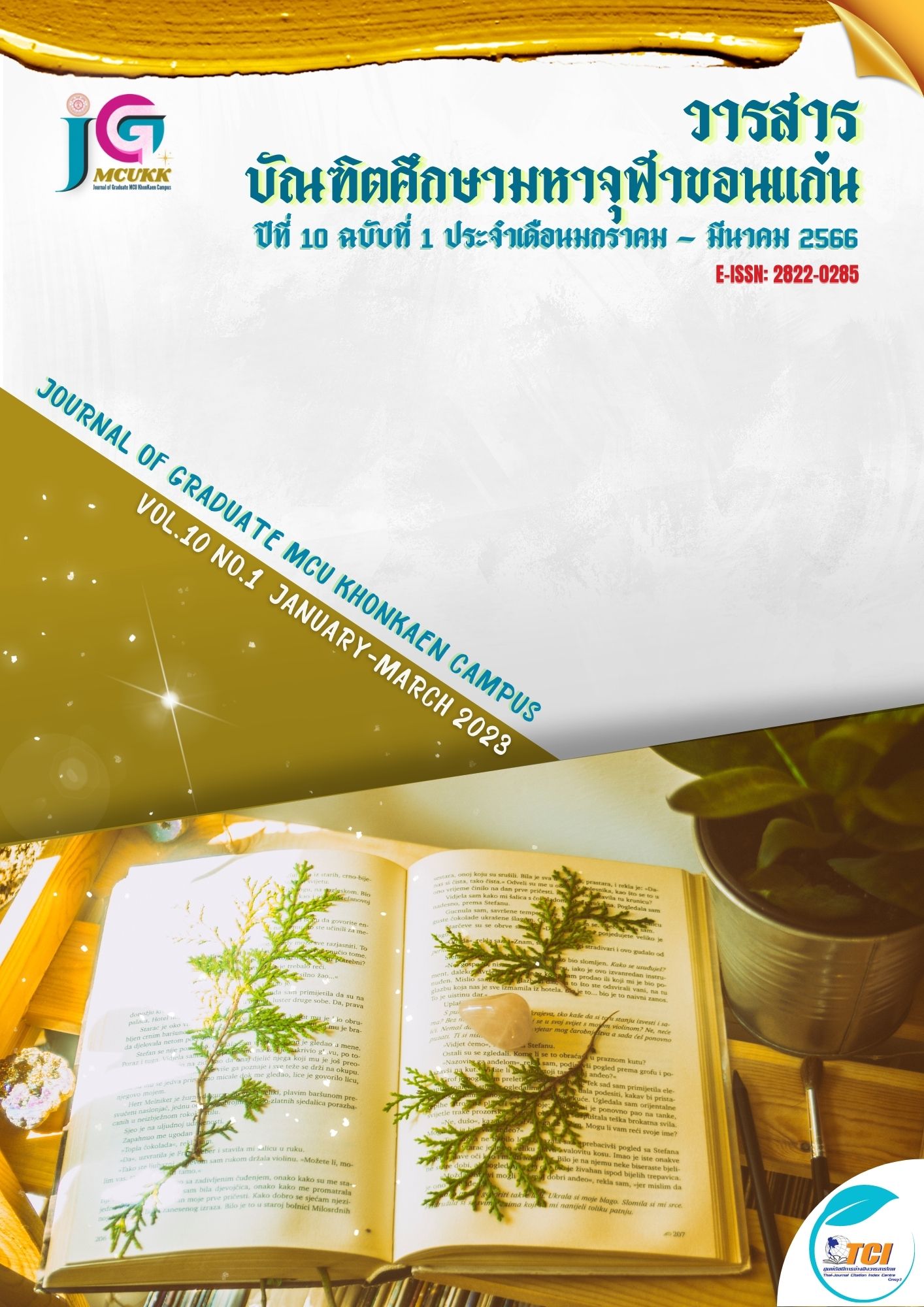Identities of Phuan Language and Hom Culture of Thung Hong Village, Phrae Province
Main Article Content
Abstract
This article aims to present the relationship between Thung Hong (Thai-Puan) language and Hom culture maintenance of Thung Hong village, regarded as the Thai-Phuan community of Phrae province. Language is one of the most significant markers of ethnic identification and it plays a crucial role not only in the external perception of an ethnic group by outsiders but also in the self-identification of an ethnic group. It symbolizes identities and it is used to signal identities by those who speak them. Northern Thai
dialects and cultures are important since they are the sources of knowledge, culture, traditions, and local wisdom. More details of Hom culture and are presented in the
introduction and passages below to show how Thung Hong (Thai-Phuan) language is related and linked in harmony with it.
Article Details

This work is licensed under a Creative Commons Attribution-NonCommercial-NoDerivatives 4.0 International License.
References
Salzman, P. C. (2001). Understanding Culture: an Introduction to Anthropological Theory. Waveland Press.
Hale, K. (1992). Endangered Languages : on Endangered Languages and the Safeguarding of Diversity. language, 68(1), 1-42.
Sharifian, F. (2014). Language and Culture: Overview. The Routledge Handbook of Language and Culture.
Witherspoon, G. (1980). Language in Culture and Culture in Language. International Journal of American Linguistics, 46(1), 1-13.
ALZMAN, M. B. (2001). Cultural Trauma and Recovery : Perspectives from Terror Management Theory. Trauma, Violence, & Abuse, 2(2), 172–191.
Azizakhon, Abidova. (2022). Language and Culture Linguistics. European Journal of Bussiness Startups and Open Society, 2(3), 25-27.
Guessabi, F. (2013). Language and Culture. Euro-American conference for Academic. Disciplines.
Silverstein, M. (2022). Language in Culture: Lectures on the Social Semiotics of Language. Cambridge University Press.
Hinton, L., & Hale, K. (2013). The Green Book of Language Revitalization in Practice. Brill.
Stanlaw et al. (2018). Language, Culture, and Society: an Introduction to Linguistic Anthropology. Routledge.
Hill, J. (1988). Language, Culture and World View. Linguistics: The Cambridge Survey. Newmeyer, 4, 14-36.
Clyne, M. (2003). Dynamics of Language Contact: English and Immigrant Languages. Cambridge University Press.
Fishman, J. (2001). Why is it so hard to save a threatened language?. Multilingual matters, 116(1).
Fishman, J. (2001). Can threatened languages be saved?: Reversing Language Shift, Revisited : A 21st Century Perspective. Multilingual Matters.
Lees, L. (2004). Urban Geography : Discourse Analysis and Urban Research. Progress in human geography, 28(1), 101-107.
Holmes et al. (1993). Language Maintenance and Shift in Three New Zealand Speech Communities. Applied linguistics, 14(1), 1-24.

